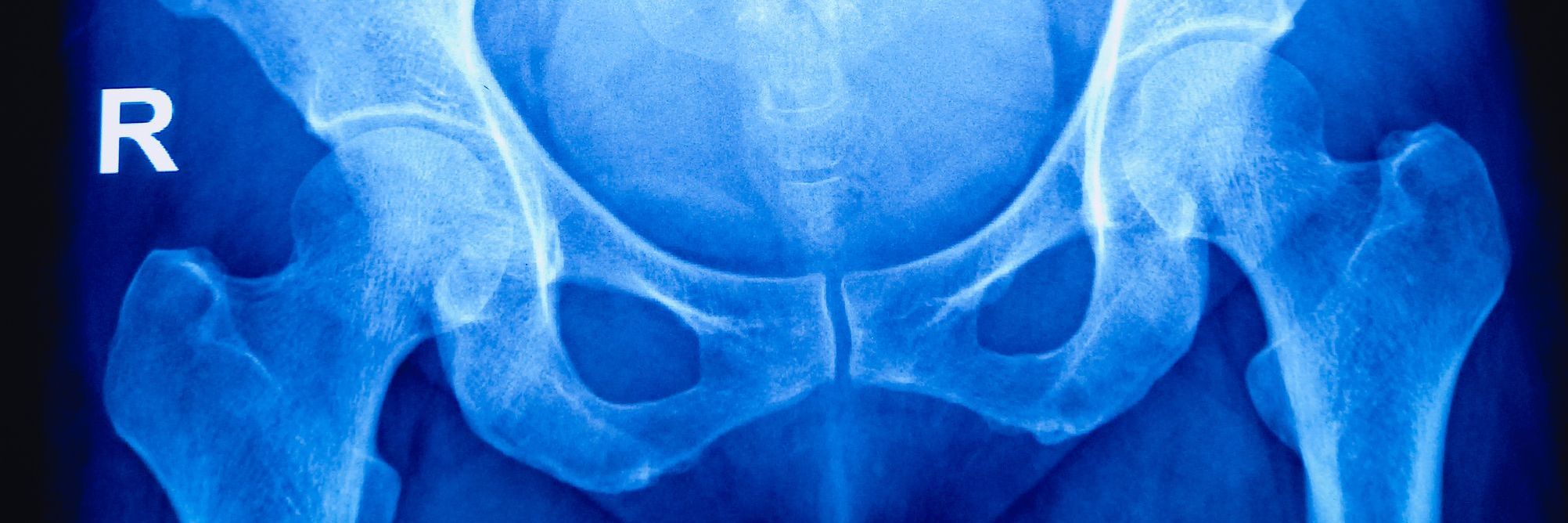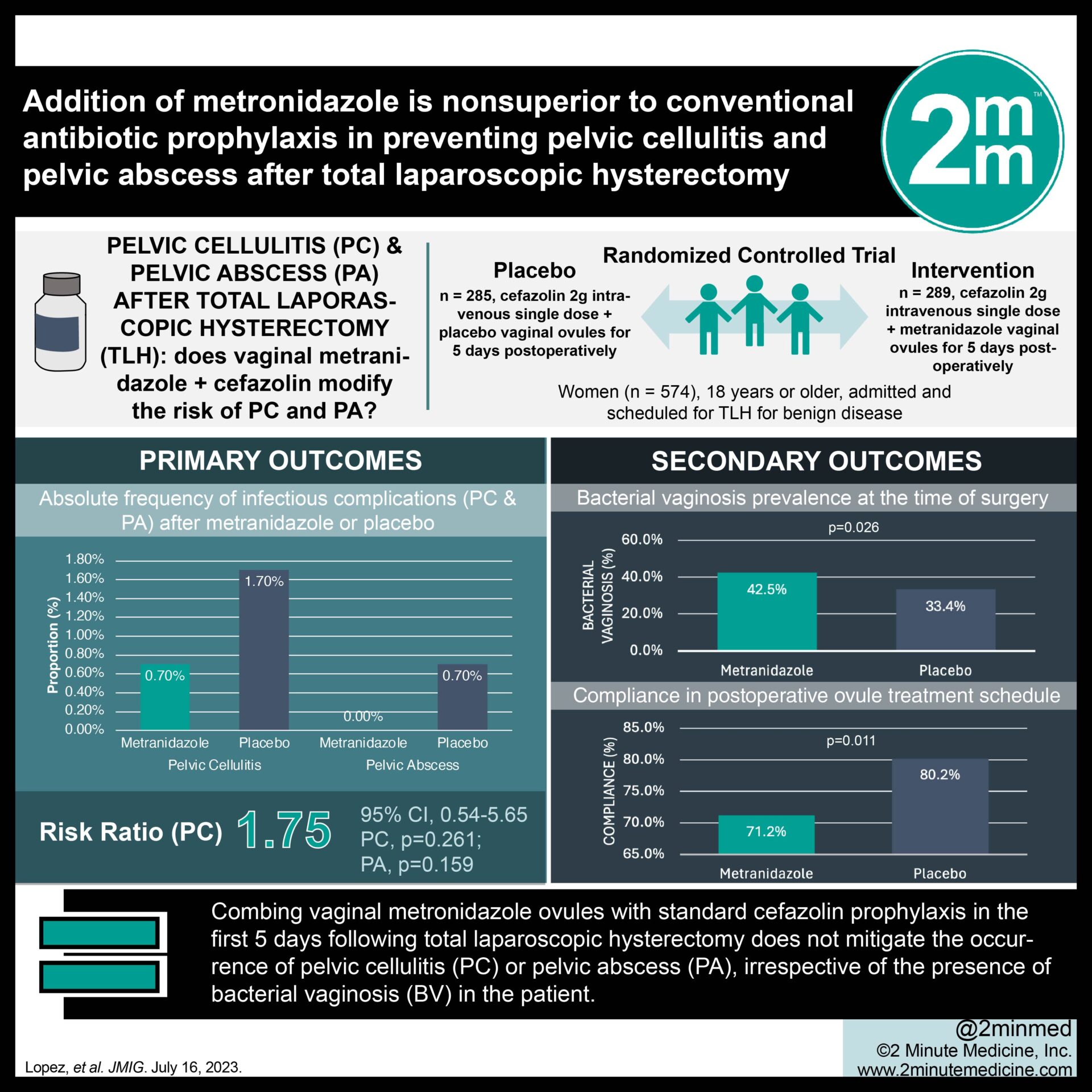Movement screening to identify abnormal movement patterns can inform development of effective interventions. The primary objective of this study was to evaluate the feasibility of using a movement screening tool in combination with a tailored movement control retraining programme in young soccer and rugby football players. A secondary objective was to investigate changes in movement control patterns post-intervention, to provide proof of concept (PoC) for movement retraining.
52 male amateur players, including 34 soccer players (mean age 15 ± 2 years) and 18 rugby players (mean age 15 ± 1 years) participated. They were screened for movement control ability using a shortened version of the Hip and Lower Limb Movement Screening (Short-HLLMS) and completed an eight-week movement control retraining programme. Evaluation of feasibility included consent from players invited, adherence, attendance at the exercise sessions, drop-out and adverse events. Short-HLLMS total score and The Copenhagen Hip and Groin Outcome Score (HAGOS) were analysed to provide PoC for retraining movement control.
feasibility outcomes were favourable. Significant statistical changes occurred post-intervention in the Short-HLLMS total score (paired-samples t-test) and in three HAGOS subscales (symptoms, physical function in daily living and in sport and recreation) (Wilcoxon-Signed Rank Test) in both groups.
Feasibility of using the Short-HLLMS in combination with a movement control retraining programme in soccer and rugby players was promising. The data provided PoC for the potential application of a shortened version of the HLLMS to evaluate changes in movement control and to inform targeted motor control programmes.
Copyright © 2022 Elsevier Ltd. All rights reserved.














